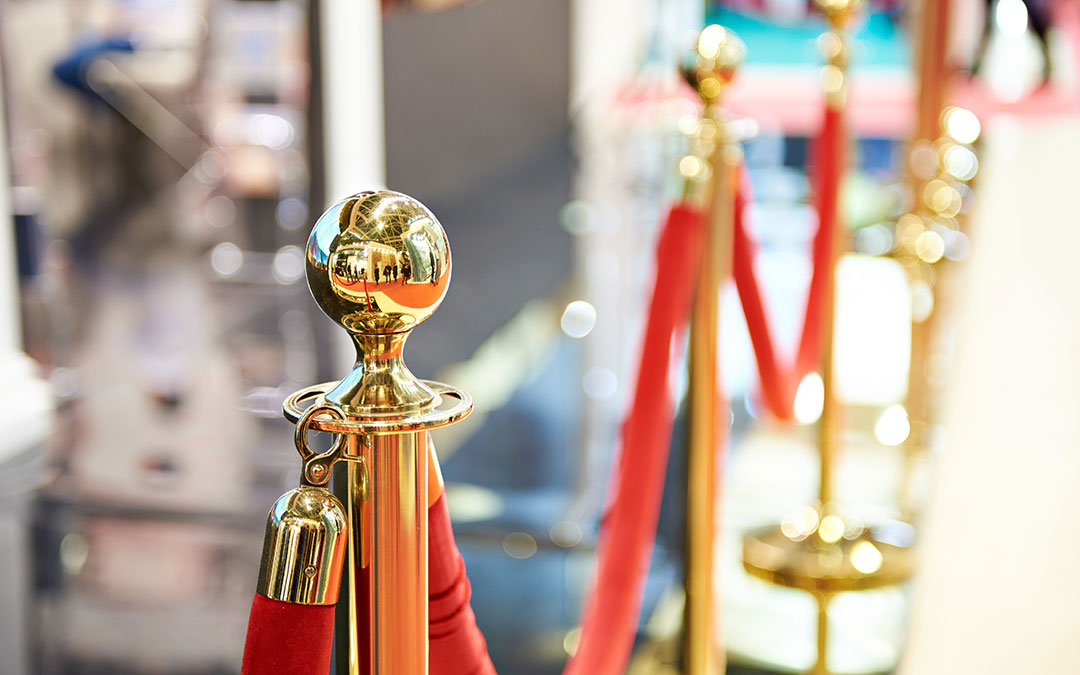The Hollywood Staffing Model
When they make a movie in Hollywood (or anywhere, really), nobody who works on the film is a permanent employee. Everyone is brought in, often as independent contractors, for a fixed amount of time until the movie is finished. Then they all go their own ways.
The beauty of this model is that executive producers can pull together a customized team with the exact skills they need, with no long term obligation. If they’re making a comedy, they go get a comedy script writer. If they’re making a thriller, they get a director who’s good at thrillers.
This model makes a lot of sense for the events industry too. Like movies, event planning is not a year-round activity; it runs its course over a period of months and then it’s over. Also like movies, events come in different styles. The person you staff on a conservative shareholder meeting likely is not the same as the person you assign to a sexy product launch.
Look for 2013 to be the year this business model becomes solidified in the event industry. Event agencies and in-house planning departments all slashed their payrolls when the economy started to tank in 2008. This had the consequence of putting some very qualified people into the marketplace who became available for freelance work.
As the economy has recovered, the volume of events has picked back up dramatically, yet there are still armies of freelancers out there. In many cases the freelancers make more money than they did in-house, often doing the same event work for their former employer, who now is a client.
BENEFITS
1. Scale Up / Scale Down. I owned an event agency for 20 years, and trying to match the staffing with the workflow was always an adventure, particularly since our events never spread out evenly over the year. We’d always be slammed in the fall and spring, and light in the summer. Having access to good freelancers, however, enabled us to ramp up during those busy seasons, and ramp back down when it was slower.
2. Low Maintenance. The freelance planners I hired always had a rock-solid work ethic. They didn’t chit-chat much, never took long lunches, and were extremely focused. They didn’t need benefits, and didn’t care about career development within our company.
3. Trading Up. Perhaps one of the best things about using freelance planners is that you can get a far more qualified person than you might be able to afford if hired on a full time basis. While you may not have the budget to add that $100k a year stud to your team full time, you might be able to bring them in for a six week engagement.
4. Specialization. This model gives you the ability to tap planners with specialized experience in the type of event, location, client or service you need.
5. CFO-Compliant. For in-house planning departments at large corporations, it’s often easier to add freelance staff, which falls under the event budget, than it is to add payroll, which falls into a different, and more heavily scrutinized, expense bucket.
6. Variety. From the freelancer’s perspective, they get to experience a much broader variety of projects and clients than they would if working in-house.
CHALLENGES
1. Availability. The biggest drawback, however, is there’s no guarantee that person will be available when you need them on your next project. And if that freelancer did a great job on an event and the client asks for them the following year, what happens if they’re not available? The one major difference with Hollywood is that movies are always a one-off, aside from the occasional sequel. The events industry does have its fair share of repeat events, which makes it a bit more challenging for us.
If you’re going to succeed in this model, you’ve got to put effort into developing a rolodex of good people. It also helps to be able to map out your workflow as far in advance as possible, and line up your freelancers so you can lock them in. At my company when we had someone good, account managers would put “dibs” on him or her for their projects, to ensure the person never had to look for another gig.
2. Commitment. Sometimes you get a “faux” freelancer, someone who’ll take on temporary projects until a full time job comes along. I know a number of employers who were left flat footed when their freelancer walked out in the middle of a project to start a full time job.
3. Constant On-Boarding. It’s not easy continually bringing on new people, getting them acclimated to your internal systems and procedures, learning the politics, etc. Companies that thrive in this environment are those that have developed a culture and training systems that can ramp up a new worker in warp speed.
In today’s economy, where everyone is busy, but budgets are still tight, and employers are still gun-shy about adding lots of overhead, the freelance model offers benefits to both the freelancer and the employer. It definitely has its challenges, but if done correctly it offers an opportunity for an organization to product their events more cost-effectively, and with more specialized personnel



Being a freelancer implies that you get to set your personal prices for what your time is worth. No more waiting years for a raise which will by no means come. As you turn out to be more proficient and widen your consumer base you’ll be able to double and triple your earnings as you see fit.